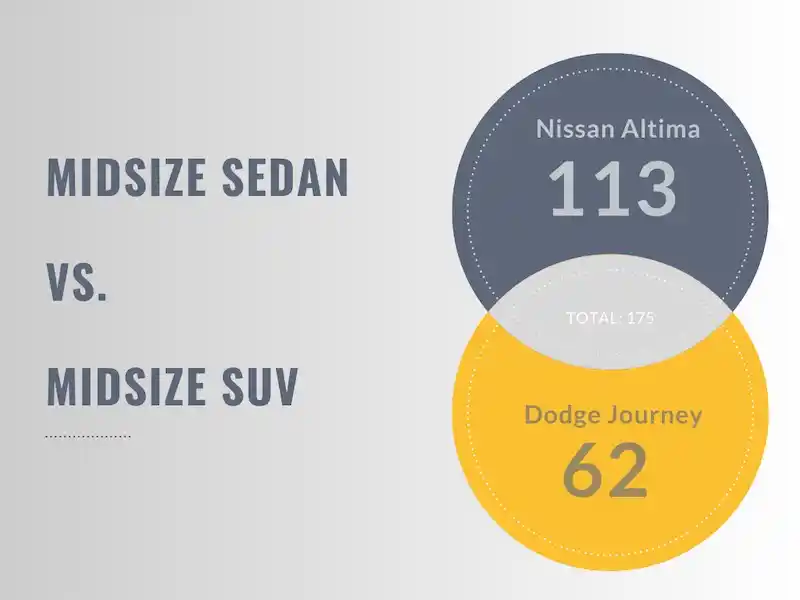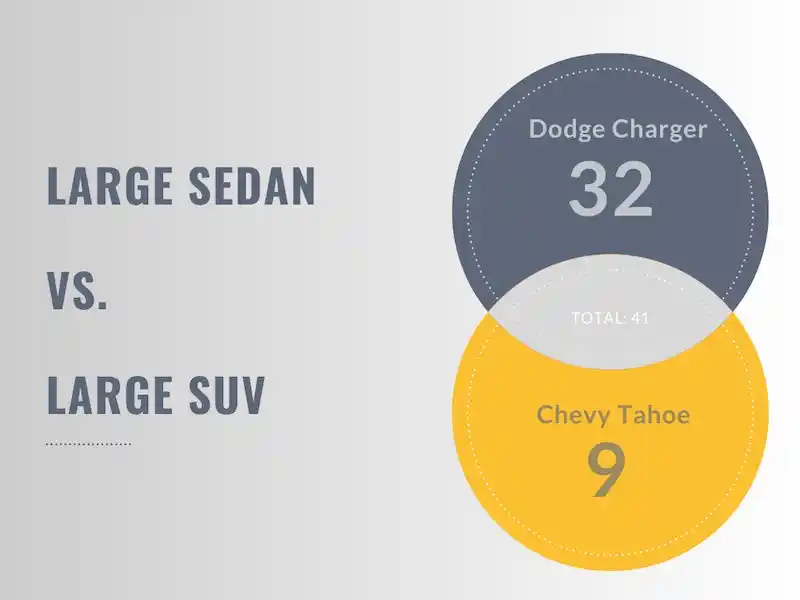Death Rates by Car Make and Model
Car accidents are among the most common and severe personal injury incidents Americans face on the road each day. While many accidents result only in property damage, the situation becomes far more serious when bodily injury is involved. This is why having not only comprehensive auto insurance but also a skilled car accident attorney is critical if you or a loved one is ever involved in such an event.
About Boesen Law
At our law firm, we have extensive experience handling a wide range of motor vehicle accidents, including those involving cars, trucks, vans, buses, ATVs, and more. Drawing from this experience, we aim to provide valuable information to help guide your decisions on vehicle safety.
One key consideration when purchasing or driving a vehicle is understanding the risks associated with different makes and models. To assist you in making informed choices, we’ve reviewed crash data from the Insurance Institute for Highway Safety (IIHS) to offer insight into which vehicle types have the highest fatality rates. This information can be crucial in ensuring your safety and that of your family on the road.
For answers to your questions, call:
(303) 999-9999
Car Models with the Highest Death Rates
Below looks at the number of driver deaths between the years of 2017 – 2020.
#1: Mitsubishi Mirage
The Mitsubishi Mirage is a subcompact car produced by the Japanese automaker Mitsubishi Motors. It’s one of the smallest and most inexpensive cars on the market. While the Mirage offers excellent value for money in terms of fuel savings and initial cost, it has received mixed reviews for its performance and its safety ratings.
Number of deaths: 205
Model category: small
#2: Dodge Challenger
The Dodge Challenger is an American “muscle” car produced by maker Dodge, part of the Stellantis group. The Challenger has a long history dating back to its original introduction in the 1970s and has maintained its vintage aesthetic that its owners like. Model category: large
Number of deaths: 154
#3: Hyundai Accent
The Hyundai Accent is a subcompact car produced by the South Korean automaker Hyundai. It is known for being an affordable, reliable, and fuel-efficient vehicle, making it a popular choice for budget-conscious drivers or those looking for a practical, no-frills car for everyday use. Model category: small
Number of deaths: 152
#4: Chevrolet Spark
The Chevy Spark was discontinued after the 2022 models were made. It was made by General Motors’s subsidiary GM Korea from 1998 to 2022. Model category: small
Number of deaths: 151
#5: Kia Rio
The Kia Rio is a subcompact car manufactured by the South Korean automaker Kia and was made to be an affordable, fuel-efficient, and practical vehicle. The Rio comes in a sedan and a hatchback. Model category: small
Number of deaths: 122
Facts and Conclusion
These are the top 5 car makes and models with the highest driver death rates. As a comparison, the Toyota midsize sedan had the least amount of driver fatalities from 2018-2020 with 19 total.
Interesting note: four of the five sedans are listed as “small” vehicle category, meaning that they are considered a compact car (100–109 cubic feet of interior space and between 161 and 187 inches long).
SUV vs Sedan Death Rate Comparison
Data indicates that SUVs provide better occupant protection in most types of crashes. If safety is a primary concern, especially in a collision-heavy environment, SUVs tend to offer better survival odds.
Let’s look at a head to head comparison with a midsize sedan versus a midsize SUV. Each one below had the highest driver death rate in their respective categories.
Midsize Sedan vs Midsize SUV
The chart shows the total number of driver deaths between the years of 2017 – 2020. It is comparing a standard midsize sedan to a standard midsize SUV to look at driver fatalities. We can conclude that the sedan (Nissan Altima in this case) had 51 more fatalities during that time spam.

Large Sedan vs Large SUV
The chart shows the total number of driver deaths between the years of 2017 – 2020. It’s comparing a large sedan to a large SUV. We can conclude that the sedan (Dodge Charger in this case) had 23 more fatalities during that time spam.

Data showing SUVs have lower occupant death rates
- In 2020, the IIHS found that the death rate for occupants in SUVs was about 14 per million registered vehicles, whereas for sedans, it was 48 per million. This marked difference is often attributed to the larger size and greater mass of SUVs, which tend to fare better in collisions, particularly in multi-vehicle crashes.
One advantage of sedans or smaller vehicles is that they tend to have less rollover accidents than SUVs. However, modern engineering improvements, such as electronic stability control (ESC), have significantly reduced this risk. By 2020, rollovers accounted for 48% of SUV deaths but only 21% of sedan deaths.
It’s important to note that even with the higher percentage of rollover fatalities compared to sedans, SUVs still maintained a lower overall death rate compared to sedans due to better protection in frontal and side crashes. Our personal injury attorneys in Colorado are representing victims in motor vehicle accidents who were injured by negligent drivers.
Head On Crash Statistics
One of the more serious data points we discovered is that when a sedan and a SUV collide with one another, the sedan occupants are significantly more likely to suffer fatal injuries. In crashes involving the two, sedans experienced a 7 times higher occupant fatality rate compared to SUVs.
When only looking at SUV vs sedan death rate comparisons, the data indicates that SUVs provide better safety in most types of crashes.
References: IIHS
The IIHS, which was established in 1959, is an independent nonprofit organization focused on reducing motor vehicle-related deaths, injuries, and property damage. They achieve this through research, safety evaluations, and by educating consumers, policymakers, and industry professionals. They have a division called the Highway Loss Data Institute (HLDI) that shares studies of insurance data and vehicle crash data that we can review and reference for statistics.
Call (303) 999-9999 or complete a Free Case Evaluation form